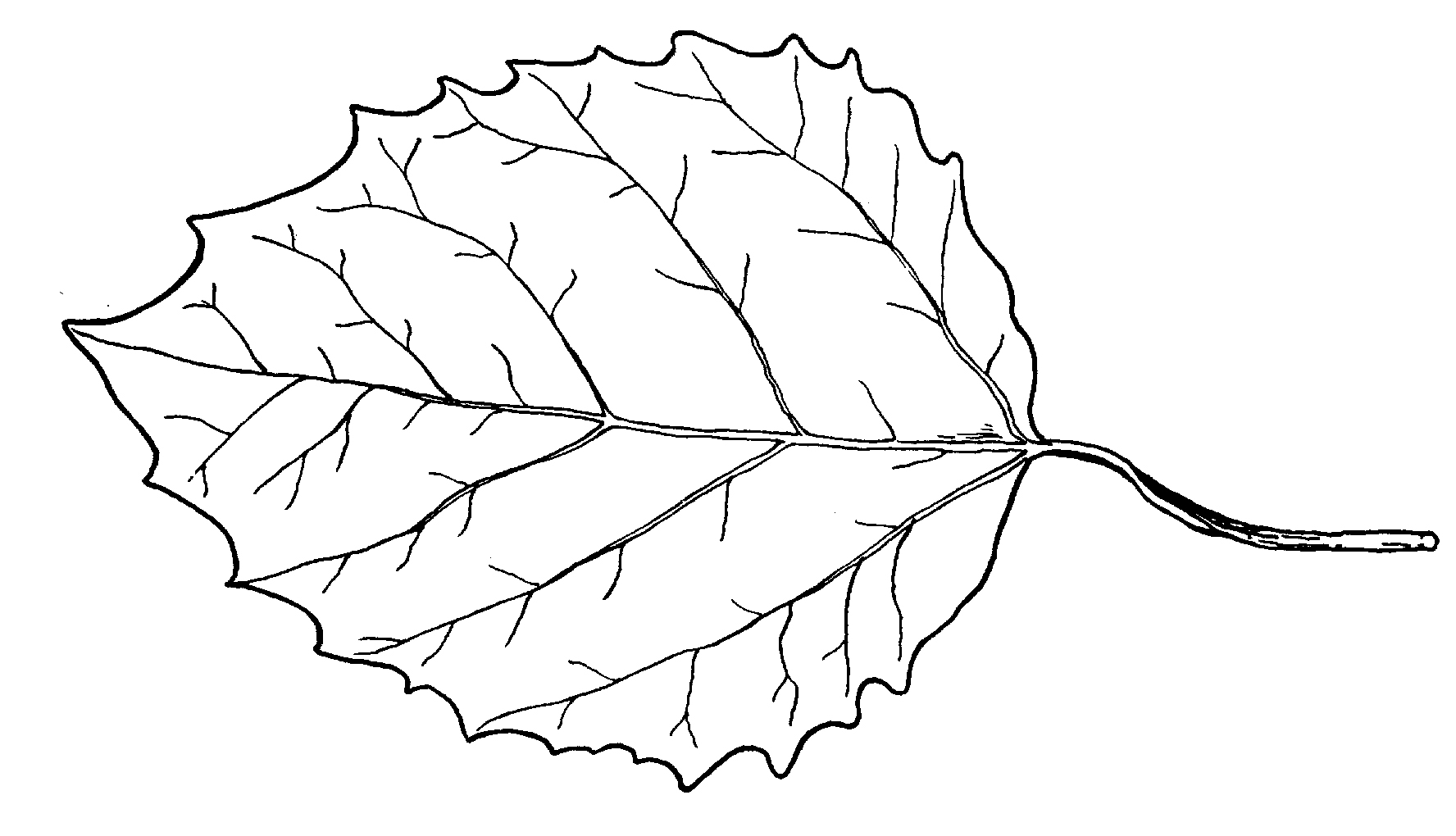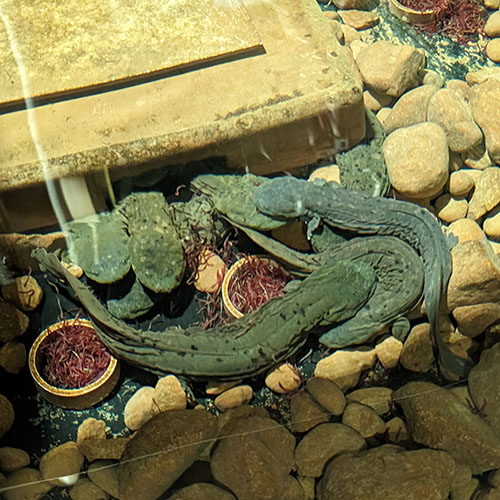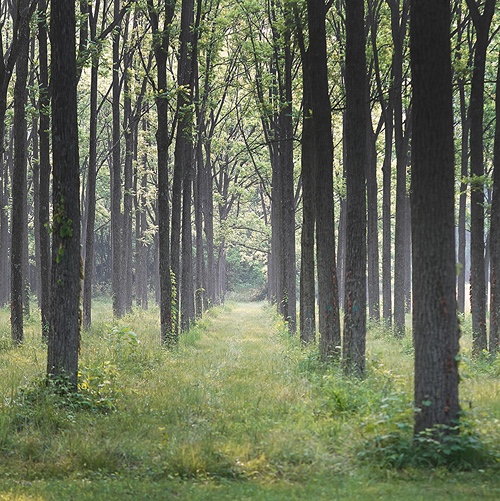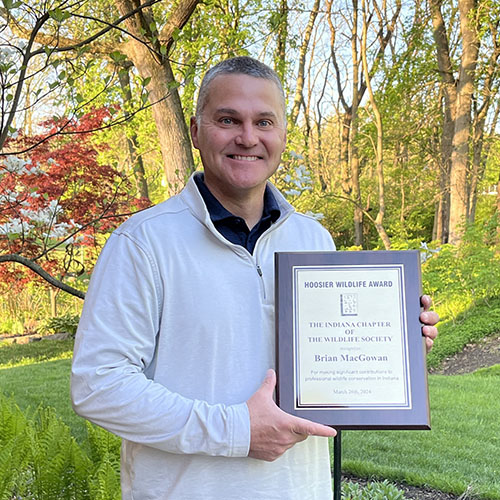The classic and trusted book "Fifty Common Trees of Indiana" by T.E. Shaw was published in 1956 as a user-friendly guide to local species. Nearly 70 years later, the publication has been updated through a joint effort by the Purdue Department of Forestry and Natural Resources, Indiana 4-H, and the Indiana Department of Natural Resources, and reintroduced as "An Introduction to Trees of Indiana."
A printed copy of the full publication is available for purchase for $7 in the Purdue Extension Education Store. The field guide helps identify common Indiana woodlot trees.
Each week, the Intro to Trees of Indiana web series will offer a sneak peek at one species from the book, paired with an ID That Tree video from Purdue Extension forester Lenny Farlee to help visualize each species as it stands in the woods. Threats to species health as well as also insight into the wood provided by the species, will be provided through additional resources as well as the Hardwoods of the Central Midwest exhibit of the Purdue Arboretum, if available.
This week, we introduce the large tooth aspen or populus grandidentata. 
The large tooth aspen, also known as the big tooth aspen, needs full sunlight and thrives in areas where the soil has been disturbed and provides a good seed bed for its wind-blown seeds.
This species is identifiable by its triangular to round simple leaves with prominent, coarse, hooked teeth on the leaf margins. The long, flat leaf stems which flutter in the wind also are a good characteristic for identification along with its smooth olive green bark.
Large tooth aspen is found throughout the state of Indiana, while its close relative, the quaking aspen is found mostly in the northern portions of the state. This species is found from Nova Scotia west through southern Canada reaching to northeastern North Dakota. Its range also reaches southeast to the Ohio River and along the mountains to Tennessee and then to coastal New Jersey.
According to the Hardwood Lumber and Veneer Series, aspen is one of our lightest woods with a 12 percent moisture content and a weight of 26 to 27 pounds per cubic foot. It was at one time relegated to the pulp and paper industry as a weed tree, however it is now a favored species for the manufacturer of panel boards.
Other Resources
Aspen - Hardwood Lumber and Veneer Series
Why Fall Color Is Sometimes a Dud – Purdue Landscape Report
Fifty Trees of the Midwest app for the iPhone
Native Trees of the Midwest
Shrubs and Woody Vines of Indiana and the Midwest
ID That Tree YouTube playlist
Woodland Management Moment YouTube playlist
Investing in Indiana Woodlands
Forest Improvement Handbook





